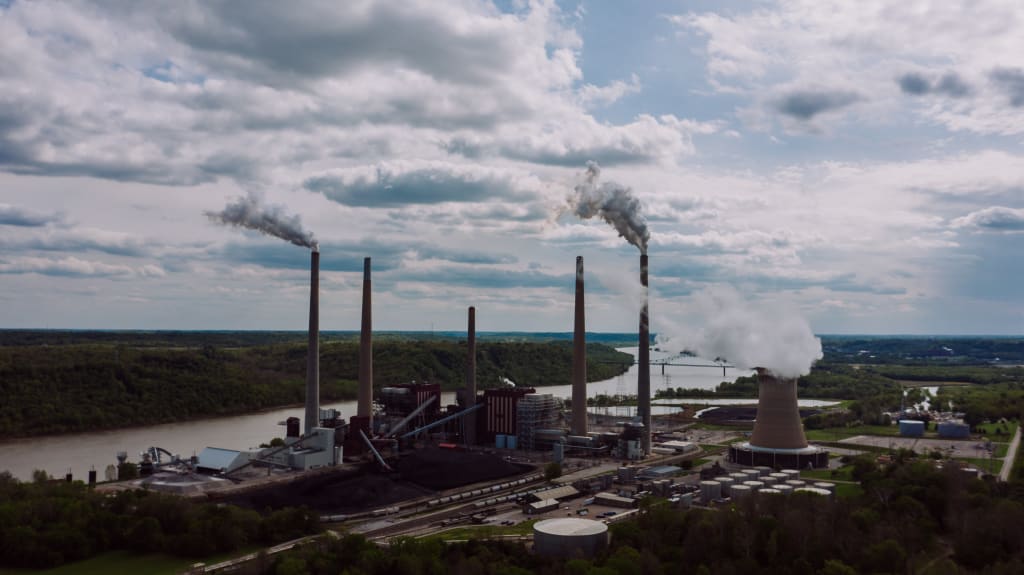Bhopal Gas Tragedy
a toxic gas leak from a pesticide plant in Bhopal, India, killed thousands of people and caused long-term health effects for many more.

In the early hours of December 3, 1984, a toxic gas leak occurred at a pesticide plant in Bhopal, India, resulting in one of the deadliest industrial disasters in history. The incident claimed thousands of lives, caused widespread devastation and had long-term effects on the environment and the health of the affected population. This tragedy is known as the Bhopal Gas Tragedy.
The Union Carbide India Limited (UCIL) plant, which was responsible for the disaster, had been established in Bhopal in 1969 to produce pesticides for agricultural use. The plant had been operating for 15 years when the disaster occurred. The plant was built with outdated technology and had numerous safety issues that had been ignored by the company. Additionally, the plant was located in a densely populated area, with over 500,000 people living within two miles of the factory.
On the night of the disaster, an accidental release of methyl isocyanate (MIC) gas occurred, due to a combination of several factors, including equipment failure and operator error. MIC is a highly toxic gas that can cause severe respiratory and eye problems, and even death, when inhaled. The gas spread quickly throughout the surrounding area, creating a cloud that covered a radius of about 30 square miles.
The residents of Bhopal were caught off guard by the gas leak, and many were unable to escape in time. Panic and confusion spread throughout the city, as people struggled to breathe and find shelter from the gas cloud. The situation was made worse by the fact that there were no emergency response plans in place, and the authorities were ill-equipped to deal with such a massive disaster.
The immediate aftermath of the gas leak was chaotic and devastating. Estimates suggest that over 3,000 people died within the first few days of the disaster, and tens of thousands more suffered from respiratory problems, blindness, and other health issues. The scale of the disaster was unprecedented, and the Indian government struggled to provide adequate medical care and support to the affected population.
Union Carbide, the company responsible for the plant, initially denied responsibility for the disaster, blaming it on sabotage by a disgruntled employee. However, subsequent investigations revealed a shocking lack of safety measures at the plant and numerous instances of negligence and non-compliance with safety regulations. The company eventually accepted responsibility for the disaster, but it was too little too late for the thousands of people who had lost their lives or suffered lifelong health effects.
In the years following the disaster, the Indian government and Union Carbide engaged in legal battles over compensation for the victims. Union Carbide eventually paid a settlement of $470 million to the Indian government, but the victims received only a fraction of that amount, and many are still waiting for adequate compensation to this day.
The Bhopal Gas Tragedy is a stark reminder of the dangers of unchecked industrial development and the need for strong regulations and safety measures. It is also a tragic example of how corporate greed and negligence can have devastating consequences for innocent people. The legacy of the disaster is still being felt in Bhopal and beyond, with ongoing health problems and environmental damage in the affected area.
In conclusion, the Bhopal Gas Tragedy was a catastrophic industrial disaster that claimed thousands of lives, caused widespread devastation and had long-term effects on the health of the affected population. It serves as a warning to us all about the dangers of unchecked industrial development and the need for strong safety regulations and corporate responsibility. It is a tragedy that should never be forgotten, and its lessons must be heeded to prevent similar disasters from occurring in the future
About the Creator
BILL KISHORE
Storyteller, dreamer, and adventurer.






Comments
There are no comments for this story
Be the first to respond and start the conversation.